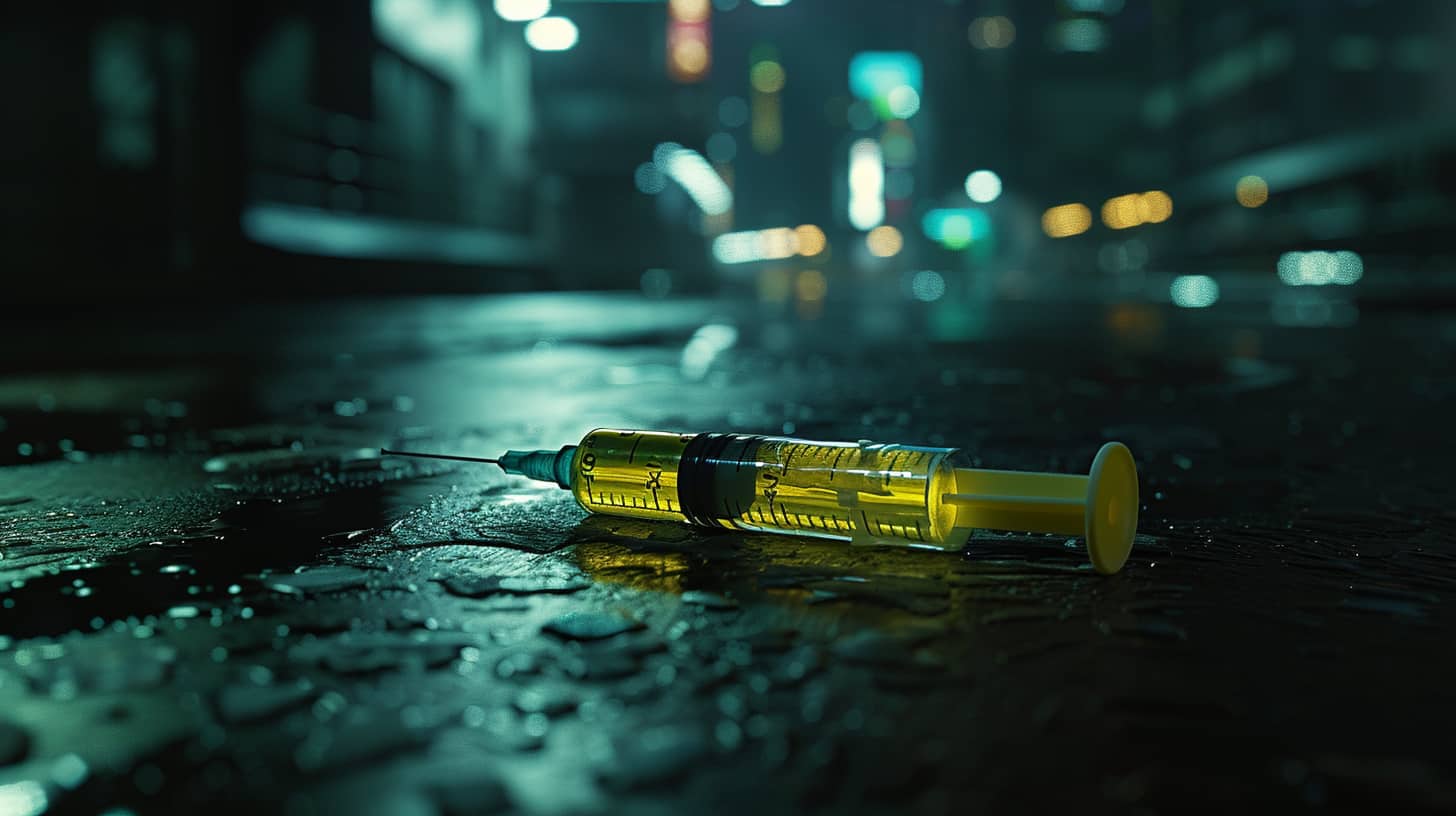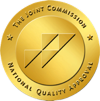Imagine you’re sorting through a puzzle, one of those huge, 1000-piece ones that sprawl across your dining room table. Each piece represents a small detail of someone’s behavior or appearance. On their own, these pieces might not tell you much, like a late night out or a new preference for long sleeves in the heat of summer. But as you start fitting these pieces together, a picture begins to emerge, revealing signs that someone might be struggling with IV drug use. Here we are going to get into how to tell if someone is shooting up.
It’s about noticing the patterns hidden in plain sight, understanding that these aren’t random pieces but parts of a larger, more concerning picture. We will look at how to spot these signs, how to piece them together, and how we can offer help, turning what could be a distressing discovery into the first step towards support and recovery.Top of Form
The Mechanics of Shooting UpBottom of Form
The process is both simple and complex. A person dissolves the drug in a liquid solution, draws it into a syringe, and then injects it directly into a vein. The choice of vein, the preparation of the drug, and even the act of injection require a certain level of knowledge and skill, which users often acquire through harmful trial and error. Once in the bloodstream, the drug travels quickly to the brain, delivering its effects almost instantaneously.

Effects and Rapid Risks
The immediate effect of IV drug use is its most seductive and dangerous aspect. The direct deposit into the bloodstream means effects are felt within seconds, and you might have guessed: this significantly increases the risk of overdose. Unlike other methods of drug intake, where there’s a delay allowing the body to react, shooting up offers no such buffer. The user’s desire for intensity leaves little room for error, making the margin between the desired effect and a lethal dose perilously thin.
The Hidden Dangers: How to Tell if Someone Is Shooting Up
The immediate dangers of shooting up are well-documented yet still startling. Blood clots can form, leading to deep vein thrombosis. Imagine a traffic jam in the body’s highway system, where the blockage can travel and cause life-threatening issues like pulmonary embolism.
Sepsis, a body’s extreme response to infection, is another grim reality lurking in the shadows of IV drug use. It’s like a mutiny within, where the body’s defense system turns on itself, leading to potentially fatal consequences. And then there’s the risk of contracting HIV/AIDS and hepatitis, diseases that hitchhike on shared needles, making their way from one life into another.
Spotting the Signs
So, how do you tell if someone is shooting up? The signs can be as subtle as they are significant. Look for marks on their arms or legs – these might be hidden under long sleeves or pants, even in sweltering weather. You might notice frequent, unexplained illnesses, a nod to the infections that are part of IV drug use.
Mood swings are another sign, as are changes in social circles. It’s like watching someone you know turn into a stranger, as they drift away, pulled by the current of addiction.
The Paraphernalia of Shooting Up
Understanding the tools of IV drug use can also provide clues. Syringes are the most obvious, but there’s also less obvious equipment like spoons (used for cooking the drugs), cotton balls (used as filters), and tourniquets (to make veins more accessible). Finding these items can be a jarring discovery. But they are certainly a tangible sign of a struggle you may not have been aware of.
The list of drugs administered intravenously is long and includes substances like heroin, methamphetamine, cocaine, and prescription opioids.
How to Talk to Someone Shooting Up
Approaching someone about shooting up use is a delicate dance. It requires compassion, patience, and an open heart. Start from a place of concern rather than accusation. It’s not about cornering them but about offering a hand to grab for help.
Be ready to listen rather than just talk. Sometimes, the weight of being heard can be the first step towards lightening the load they carry. And remember, you’re not there to fix them; you’re there to support them in finding their way to help.
The Journey Ahead
In the end, understanding IV drug use, its signs, dangers, and the steps to address it, is about shining a light on the path. It’s about offering hope, guidance, and support to those who have lost their way. Together, with knowledge, compassion, and professional help, it’s possible to weave a new thread in the tapestry, one that leads back to health, happiness, and the warmth of human connection.
Get Help With EagleCrest Recovery
Are you or someone you love struggling with IV drug use? At EagleCrest Recovery, we understand the complexity of addiction and offer compassionate, comprehensive detox and treatment options. It’s never too late to start the journey towards healing. Let us be the guiding light out of the darkness. Reach out today and take the first step towards a brighter future.


